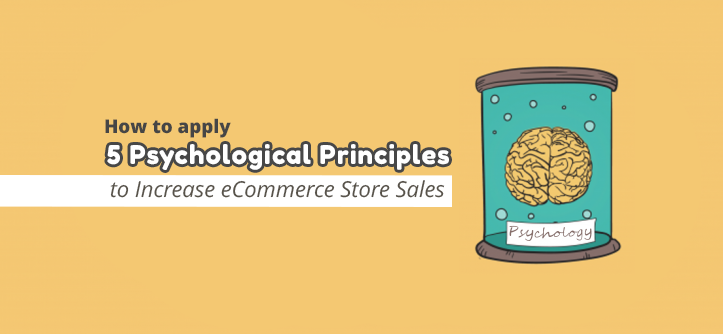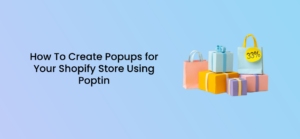Todos sabemos que o campo das compras online está em constante crescimento diante dos nossos olhos. Alguns números para colocar as coisas em perspectiva:
– Nos EUA, as vendas online representam atualmente (apenas) 8% do total das vendas a retalho;
– na Europa, este número é de 14%.
– 53% de todos os utilizadores da Internet fizeram pelo menos uma compra em 2016 (cerca de mil milhões de utilizadores);
– Um usuário médio nos EUA gasta em média US$ 1800 em compras durante um ano, na Europa isso é de US$ 1600.
– As principais fontes de tráfego para sites de comércio eletrônico: orgânico, e-mail e PPC.
Este infográfico mostra dados adicionais interessantes que você pode querer ver.
Os proprietários de lojas de comércio eletrônico estão empenhados incessantemente em encontrar maneiras de melhorar seus sites e aumentar as vendas. É claro que é possível continuar a atrair mais tráfego, mas antes de mais nada deve-se descobrir como aumentar a conversão em vendas a partir do tráfego existente.
O gráfico a seguir mostra os principais motivos de abandono do carrinho de compras segundo o site Statista:

No geral, eu diria que a maioria dos cursos que fiz como parte da minha licenciatura em Economia na Universidade de Tel Aviv eram supérfluos ou fora de sintonia com a realidade, exceto um curso que considerei muito pertinente e do qual gostei bastante. – um curso de Economia Comportamental. Sim, Dan Ariely e todo aquele entusiasmo em torno de decisões racionais e assim por diante. Isso me abriu para um mundo de compreensão dos usuários e para tentar descobrir o que desencadeia as 'correntes elétricas' que passam por seus cérebros quando eles realizam uma ação ou decisão de um tipo ou de outro.
Recomendado: Além do livro de Dan Ariely, também recomendo a leitura do livro Hooked, de Nir Eyal, sobre como criar um hábito no uso de seu produto e o que leva as pessoas a se fixarem em um produto e não em outro.
Neste artigo falo sobre cinco princípios psicológicos comprovados que influenciam as decisões dos surfistas na hora de comprar online:
O efeito da escassez
Conhece a história dos potes com biscoitos? Esta é uma das histórias mais conhecidas que ilustram este princípio, e é mais ou menos assim:
Stephen Worchel e seus colegas conduziram um experimento em 1975 no qual ofereceram às pessoas dois potes de biscoitos. Um pote continha 10 biscoitos e o outro continha apenas 2 biscoitos. Os resultados do experimento mostraram que a maioria das pessoas preferia os biscoitos do pote mais vazio (aquele que continha 2 biscoitos), embora os biscoitos dos dois potes fossem completamente idênticos.

Quando algo é escasso ou difícil de obter, tendemos a desejá-lo mais. Você também pode ter ouvido falar sobre isso como FOMO - Forelha Of Memissão Out ou Aversão à Perda. Passamos, ou talvez perdemos, metade do nosso tempo no Facebook e nas redes sociais porque temos medo de perder alguma atualização ou notícia interessante (embora saibamos que isso não acontece a cada minuto). Outro princípio que anda de mãos dadas com o medo de perder alguma coisa é a Urgência.
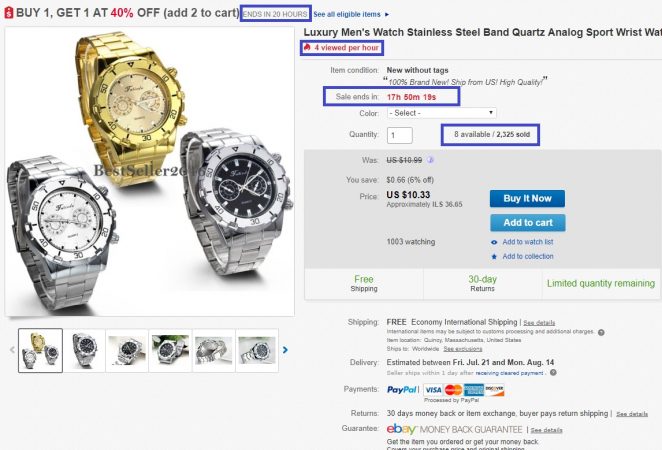
Nesta categoria, é bastante comum ver sentenças ou frases como: mais populares, mais vendidos, 12 pessoas estão visualizando este produto, este produto foi comprado 22 vezes durante a última hora, as últimas 5 unidades em estoque, faltam 3 horas para o término da oferta, faça o pedido nos próximos 27 minutos e você receberá o produto amanhã, etc.
Reciprocidade
Tenho certeza de que você já se deparou com isso com frequência – oferecem algo de graça, como um guia/e-book no mundo digital, ou talvez um novo tipo de queijo no supermercado no mundo físico. Em troca, será solicitado que você deixe seu endereço de e-mail (referente ao primeiro tipo de oferta) ou se sentirá obrigado a experimentar um pacote maior de queijo (referente ao segundo tipo de oferta).

Outros exemplos: Uma calculadora online para calcular algo (por exemplo, uma hipoteca), um aplicativo para roupas feitas sob medida após o upload de uma imagem, conteúdo de qualidade em um blog, etc.
O efeito de enquadramento
Em uma palavra – Contexto. Se Jimi Hendrix estivesse vivo hoje e você tivesse a oportunidade de ir ver o show dele, provavelmente estaria disposto a pagar um pouco por um ingresso. Mas se ele estivesse se apresentando na beira da rua, você provavelmente continuaria andando, sem notá-lo. Em outras palavras, tudo depende do contexto e da situação específica.
O que voce prefere? Sorvete com baixo teor de gordura contendo 90% menos açúcar do que um sorvete comum? Ou um sorvete contendo 10% do teor médio de açúcar? A maioria das pessoas questionadas escolheria a primeira opção. O mesmo vale para perguntas como: Uma cirurgia plástica com 90% de chance de sucesso, ou uma cirurgia plástica com 10% de chance de fracasso. Quando formulamos algo deste tipo, é importante pensar no resultado (positivo ou negativo) e nas qualidades que queremos destacar.

O efeito de ancoragem
O princípio da ancoragem diz que as decisões das pessoas são influenciadas pelas primeiras informações a que são expostas sobre um determinado assunto. Na verdade, eles confiam demais nessas informações e elas se tornam uma âncora difícil de mover.
Em nosso dia a dia, encontramos muito isso quando nos fazem perguntas como quanto custaria um produto específico ou quanto tempo levaria para chegar a um local específico. Obtemos uma certa resposta inicial que provavelmente seguiremos mais tarde. Se voltarmos às lojas de comércio eletrônico, você poderá ver este princípio implementado onde, assim que entrar em uma página inicial, você verá um determinado item com um preço com desconto próximo a ele e um preço original riscado.
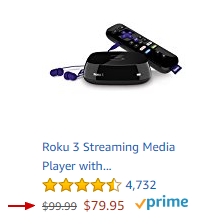
Se você pesquisar um pouco mais nesse site, provavelmente encontrará um produto semelhante (talvez idêntico) pelo mesmo preço ou até mais barato. Para quem deseja aprender mais sobre este princípio, Este artigo É altamente recomendável.
Seguro
Esta seção trata de promessas, riscos e da criação de confiança entre potenciais compradores.
Se você olhar novamente para o primeiro gráfico mostrado neste artigo, verá que o segundo motivo pelo qual os usuários não concluem suas compras on-line é porque não confiam o suficiente ou não acham que seja seguro o suficiente. Outra ilustração: você sai para almoçar no meio de um dia de trabalho e vê uma longa fila na frente de um dos restaurantes. O que você pensaria? Provavelmente este restaurante é bom e é por isso que tem uma longa fila e que as pessoas estão dispostas a esperar lá fora. Você pode chamá-lo comportamento de rebanho neste caso, mas também um “rebanho” de avaliações verificadas e as respostas poderiam convencer um cliente da mesma forma que uma longa fila do lado de fora de um restaurante.
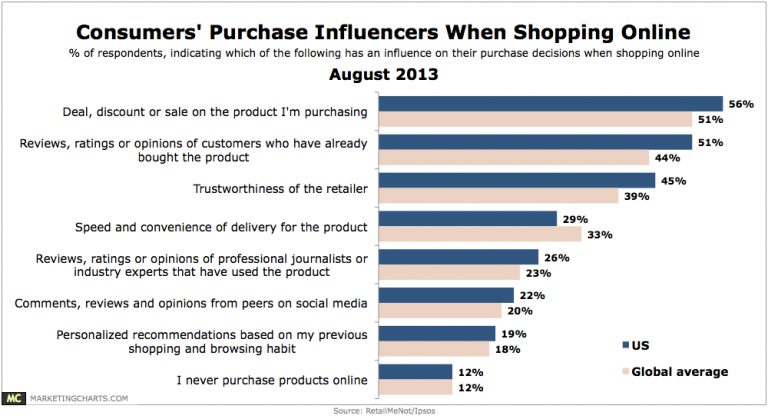
Embora a Amazon e eBay são sites enormes que todos conhecem, eles ainda continuam adotando formas de aumentar a segurança com os compradores. Como você faz isso?
Como você pode ver no gráfico acima – avaliações, depoimentos e comentários, credibilidade do vendedor (no caso da Amazon e eBay, por exemplo), provas sociais, depoimentos verificados com rostos reais, etc.
E, alguns exemplos, claro:
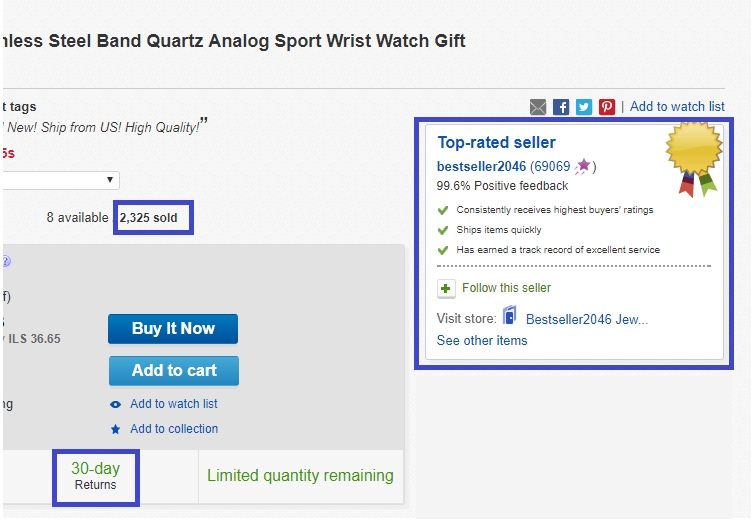

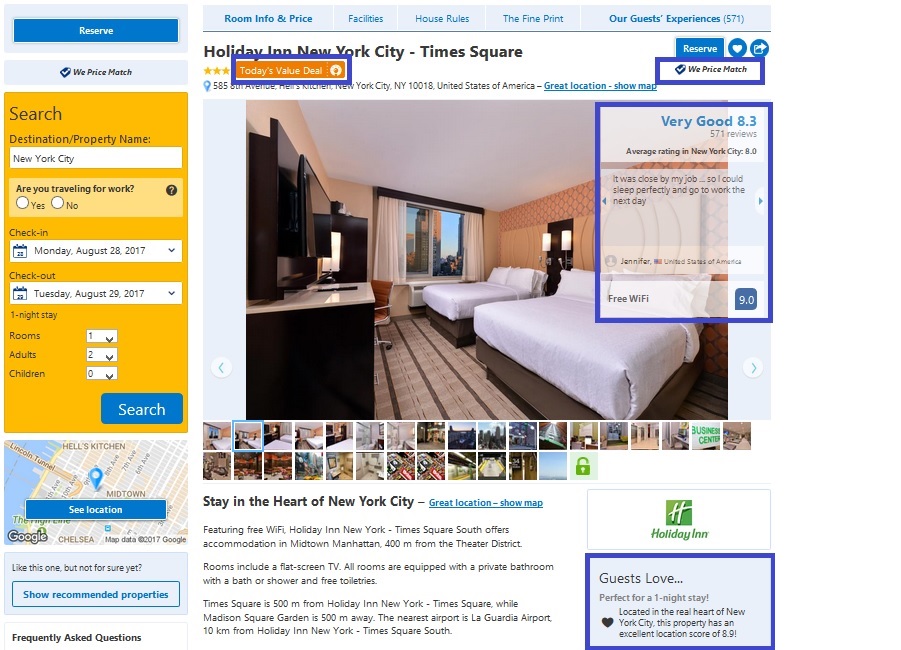
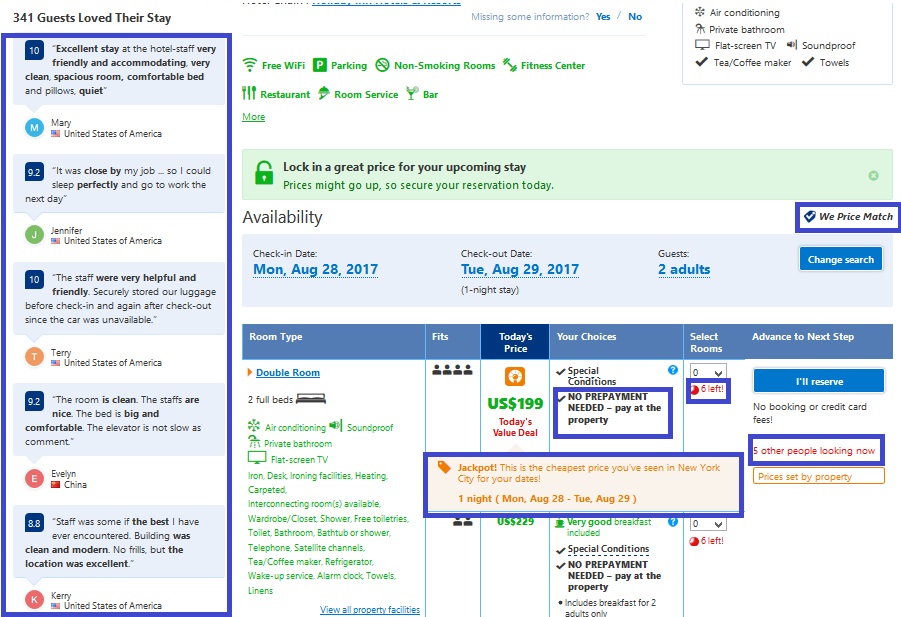
Um exemplo do nosso site:
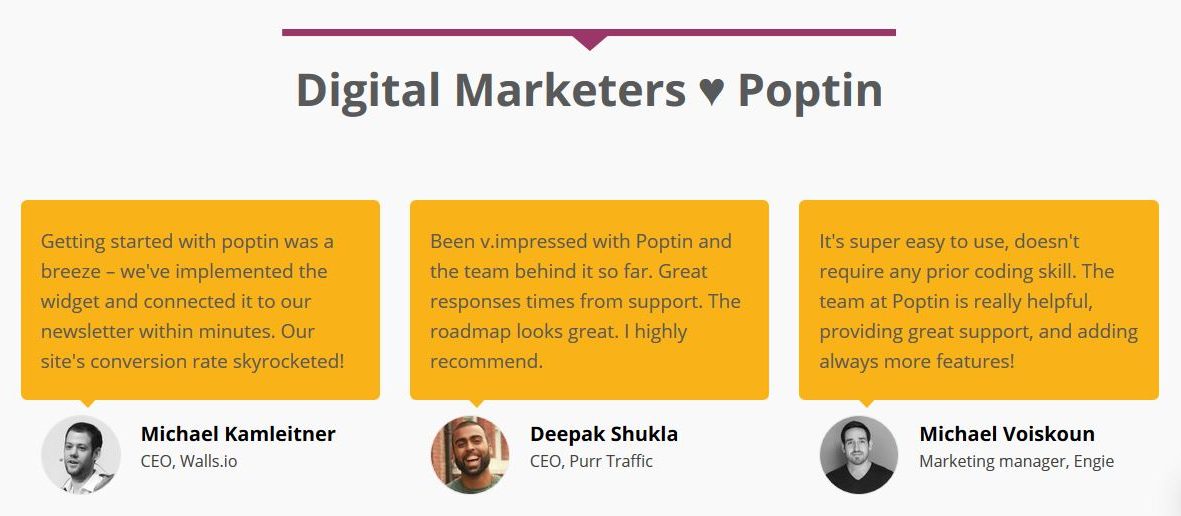
Adoraria saber como você implementa esses e outros princípios em suas lojas virtuais nos comentários abaixo 😃
